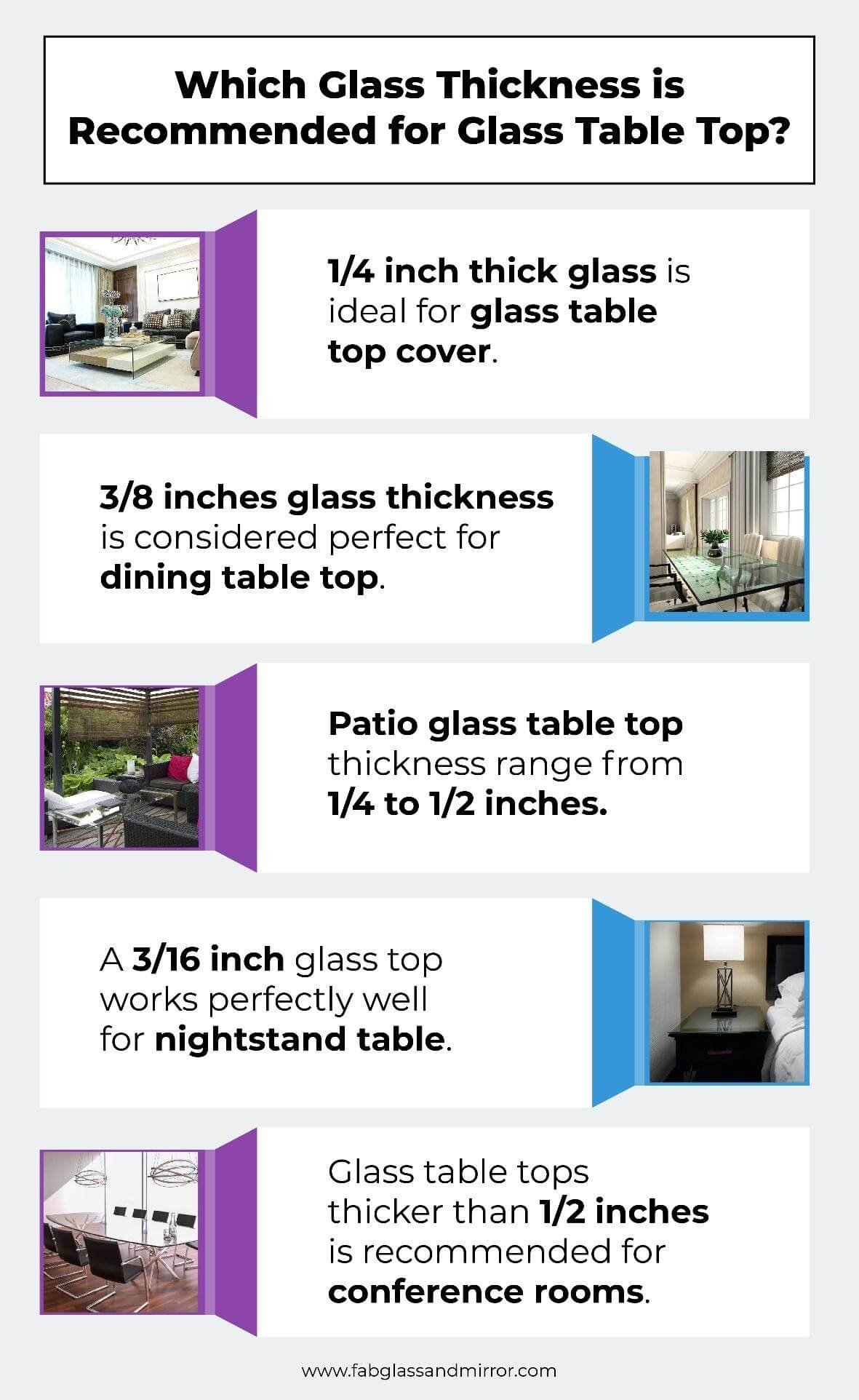When asking, “How thick should a dining table top be?” the ideal thickness generally falls between 1 to 1.5 inches.
This range ensures durability without compromising elegance or function.
A thicker table top can support more weight and withstand daily use, making it perfect for busy households.
In contrast, a thinner top offers a sleek, modern look but might not be as sturdy.
How Thick Should a Dining Table Top Be?
When it comes to choosing the perfect dining table, one factor often overlooked is the thickness of the tabletop. This seemingly small detail plays a crucial role in the table’s overall aesthetics, functionality, and durability. In this article, we’ll explore everything you need to know about finding the ideal thickness for your dining table top.
Importance of Tabletop Thickness
Tabletop thickness has a significant impact on several aspects:
- Durability: Thicker tabletops usually equate to a more durable and long-lasting dining table.
- Stability: A thicker tabletop provides added stability.
- Aesthetics: The thickness contributes to the visual appeal and can fit different interior designs.
Standard Thickness for Dining Table Tops
Dining table tops come in various thicknesses, but there are some standard measurements:
- ¾ inch (19 mm): Often used for minimalist designs or smaller tables.
- 1 inch (25 mm): The most common thickness, balancing durability and visual appeal.
- 1 ¼ inch (32 mm): Ideal for larger tables or those requiring more stability.
Materials and Their Impact on Thickness
Different materials may have different ideal thicknesses. Here’s a look at popular choices:
Wood
Wood is a classic choice for dining tables. The ideal thickness varies by type:
- Solid Wood: Usually, 1 inch to 1 ½ inches is preferred. Solid wood can be heavier, so thicker tops emphasize its robustness.
- Veneer Over MDF or Plywood: Typically, ¾ inch to 1 inch is enough for a durable table.
Glass
Glass dining tables bring elegance. The standard thickness ranges between ½ inch to ¾ inch. Thicker glass may be used for larger tables to ensure stability.
Marble
Marble tables provide a luxurious look. A typical marble tabletop ranges from ¾ inch to 1 ½ inches, depending on the table’s size and desired visual impact.
Metal
Metal tables, often seen in modern designs, generally have thinner tops. Around ½ inch to 1 inch is common, with thicker tops providing more industrial aesthetics.
Design Aesthetics and Thickness
Different designs call for different tabletop thicknesses:
- Minimalist: Opt for thinner tops (¾ inch) for a sleek, clean look.
- Rustic/Farmhouse: Thicker tops (1 inch to 1 ½ inches) give a sturdy and robust appearance.
- Industrial: Medium to thick (1 inch to 1 ¼ inches) tops work well.
Functional Considerations
Consider how you plan to use your dining table:
- Daily Use: A 1-inch thickness provides a good balance of durability and aesthetics.
- Occasional Use: Thinner tops (¾ inch) can suffice for occasional meals.
- Heavy Use: For families or frequent use, aim for thicker tops (1 ¼ inch or more).
Designing Your Space
Your dining area’s overall design also influences the ideal tabletop thickness:
- Small Spaces: Thinner tops create the illusion of more space.
- Large Rooms: Thicker tops can make a statement and fill the space proportionately.
Table Base Compatibility
Your table base needs to support your tabletop adequately. Here’s what to consider:
- Base Strength: Ensure your table base matches the weight and thickness of your tabletop.
- Design Match: Pair the base and top thickness for a cohesive look.
Examples
- Wooden Base: Can support thicker tops (1 inch to 1 ½ inch).
- Metal Base: Often paired with thinner tops (¾ inch to 1 inch).
Customization Options
Many manufacturers offer customization for tabletop thickness. Customizing allows:
- Matching your personal style.
- Ensuring the table fits your space perfectly.
Cost Considerations
Thicker tabletops usually cost more due to the extra material and work involved. Here’s a rough breakdown:
- Thinner Tops (¾ inch): Less expensive, suitable for budget-conscious buyers.
- Medium Tops (1 inch): Mid-range pricing, offering the best of both worlds.
- Thicker Tops (1 ¼ inch and above): Higher cost, but increased durability and luxury.
Care and Maintenance
Different thicknesses may require different levels of care:
- Thicker Tops: Generally more durable and less prone to damage.
- Thinner Tops: Require more careful use and regular maintenance to prevent damage.
Environmental Impact
Consider the environmental footprint:
- Thicker Tops: Use more material, potentially leading to higher resource use.
- Thinner Tops: More eco-friendly, using fewer resources.
Expert Opinions
Interior designers and furniture experts often recommend:
- Considering the overall room design.
- Balancing aesthetics with functionality.
- Choosing a thickness that fits your lifestyle and usage needs.
Examples and Inspiration
For inspiration, look at popular designs:
- Minimalist Homes: Thin tabletops that emphasize simplicity and elegance.
- Farmhouse Style: Thick, wooden tops that exude rustic charm.
- Modern Apartments: Medium-thickness tops for a balanced look.
In conclusion, choosing the right thickness for your dining table top is essential. It affects not only the table’s durability and stability but also its visual appeal and functionality. By considering your material preferences, design aesthetics, space, and usage needs, you can find the perfect tabletop thickness that suits your home and lifestyle.
Thickness Of Old Pine Table Tops Explained
Frequently Asked Questions
“`html
What factors determine the ideal thickness for a dining table top?
The ideal thickness for a dining table top depends on several factors including the material of the table, the design style, and the intended use. For wood tables, a common thickness ranges from 1 to 1.75 inches. Thicker table tops are more durable and provide a sturdier look, while thinner table tops offer a more modern, sleek appearance.
How does table size influence the thickness of the table top?
The size of the dining table influences the required thickness of the table top. Larger tables typically need thicker tops to ensure stability and prevent sagging. For example, a large dining table that seats eight to ten people may benefit from a thicker top of around 1.75 inches, while a smaller, more intimate table for four people might only need a 1-inch thick top.
Is there a standard thickness for glass dining table tops?
For glass dining table tops, the standard thickness is usually between 0.5 inches to 0.75 inches. Thicker glass provides more durability and is less prone to breaking or chipping. Tempered glass is recommended for dining tables because it is stronger and safer, as it shatters into small, less harmful pieces if broken.
How does the thickness of the table top affect the overall design?
The thickness of the table top significantly affects the overall design and aesthetic of the dining table. Thicker tops create a more traditional, substantial look, often associated with classic or rustic styles. In contrast, thinner tops lend a contemporary, minimalist vibe, making the table appear lighter and more modern.
Should the thickness of a dining table top differ based on the material used?
Yes, the thickness of a dining table top often differs based on the material used. For example, wooden table tops typically range from 1 to 1.75 inches in thickness, while metal tops can be thinner yet remain equally strong. Stone tops, such as marble or granite, are usually around 0.75 to 1.25 inches thick to balance weight and durability.
“`
Final Thoughts
The ideal thickness for a dining table top generally falls between 1 to 1.5 inches. For a more substantial and luxurious feel, consider a thickness of 2 inches or more.
Remember, how thick should a dining table top be depends on the materials used and the table’s design. Thickness impacts not only aesthetics but also stability.
Choose a thickness that complements your dining room’s style while ensuring durability and comfort.

